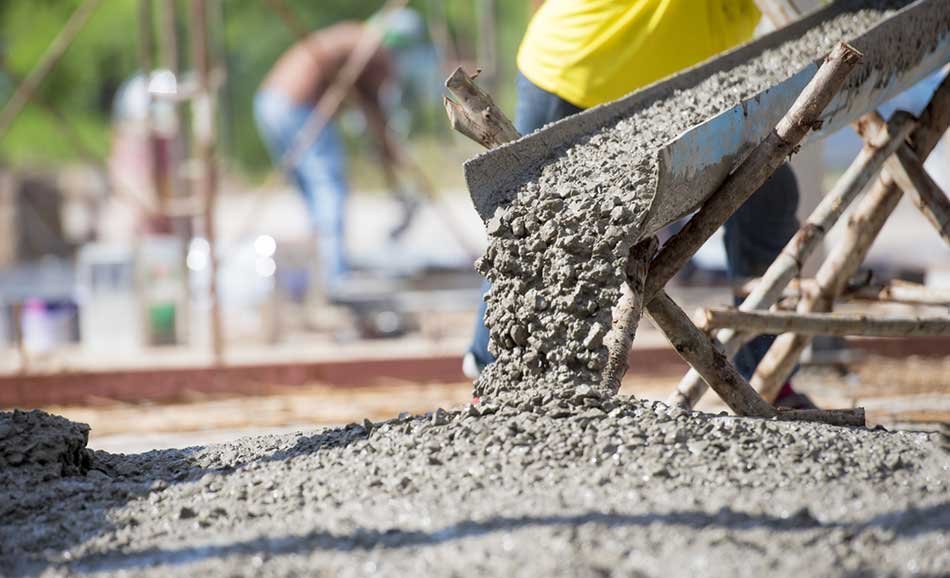The process of concreting is a crucial aspect of construction, providing the structural foundation for buildings, roads, and various other infrastructure projects.
From the initial site inspection to the curing stage, every step is essential to ensure the durability and strength of the concrete structure.
In this guide, we will navigate through the concreting process, highlighting key points at each stage.
Importance of Proper Concreting Process
Before delving into the steps of concreting, it is crucial to understand why a proper process is essential.
Concrete structures are subject to various stresses, including weather conditions, heavy loads, and chemical exposure.
Therefore, any defects or errors during the concreting process can lead to significant structural issues in the future.
Proper concreting ensures that the structure can withstand these stresses and maintain its integrity over time. Using the services of specialists in exposed aggregate and concreter projects is also highly recommended.
Site Inspection
The concreting process begins with a thorough site inspection. This step is critical to assess the soil quality, environmental conditions, and any potential obstructions or hazards. Key aspects to consider during the site inspection include:
- Soil Type: Understanding the soil composition is vital to determine its bearing capacity and whether any modifications or reinforcements are necessary.
- Environmental Factors: Weather conditions, temperature fluctuations, and humidity levels can significantly impact the concrete curing process. Proper planning is essential to mitigate these effects.
- Site Preparation: Clearing the site of debris, vegetation, and any obstructions is essential for a smooth concrete pour.
- Utility Lines: Ensure the location of utility lines (water, gas, electricity) to avoid damage during excavation and construction.
Formwork and Reinforcement
After the site inspection, the next step involves setting up formwork and reinforcing the structure. This includes:
- Formwork: Creating a mold or framework that defines the shape and dimensions of the concrete structure. Properly constructed formwork is crucial for achieving the desired shape and finish.
- Reinforcement: Installing steel reinforcement, such as rebar or mesh, within the formwork to enhance the concrete’s strength and prevent cracks.

Concrete Mix Design
Choosing the right concrete mix is essential for the project’s success. Factors to consider when designing the mix include:
- Strength Requirements: Determine the required compressive strength based on the project’s specifications.
- Proportions: Calculate the correct ratios of cement, aggregates, water, and admixtures to achieve the desired properties.
- Workability: Ensure the concrete mix is workable for the specific construction methods and equipment being used.
Mixing and Pouring
Once the concrete mix is designed, it’s time to mix and pour the concrete. This involves:
- Mixing: Use a concrete mixer or batching plant to combine the ingredients thoroughly, ensuring a consistent mix.
- Pouring: Carefully pour the concrete into the formwork, avoiding segregation and excessive air entrainment.
Compaction and Finishing
After pouring, the concrete needs to be compacted and finished to achieve a smooth and even surface:
- Compaction: Use vibrators or tamping equipment to eliminate air voids and consolidate the concrete.
- Finishing: Smooth the surface with trowels or floats to achieve the desired texture and finish.
Curing
Curing is a critical step to maintain the concrete’s moisture and temperature conditions for optimal strength development:
- Moisture Retention: Cover the concrete with wet burlap, plastic sheets, or curing compounds to prevent moisture loss.
- Temperature Control: Protect the concrete from extreme temperatures, using insulation or heating/cooling methods as needed.
- Duration: Maintain curing conditions for at least seven days, or as per project specifications, to ensure proper hydration and strength development.
Quality Control and Inspection
Throughout the concreting process, continuous quality control and inspection are essential to identify and address any issues promptly. Inspections should cover formwork, reinforcement, mix consistency, and curing conditions.
Navigating the concreting process from site inspection to curing requires careful planning, attention to detail, and adherence to industry standards. Each step plays a crucial role in ensuring the durability and performance of the concrete structure. By following these guidelines and maintaining quality control, construction professionals can achieve successful concreting outcomes in their projects.




